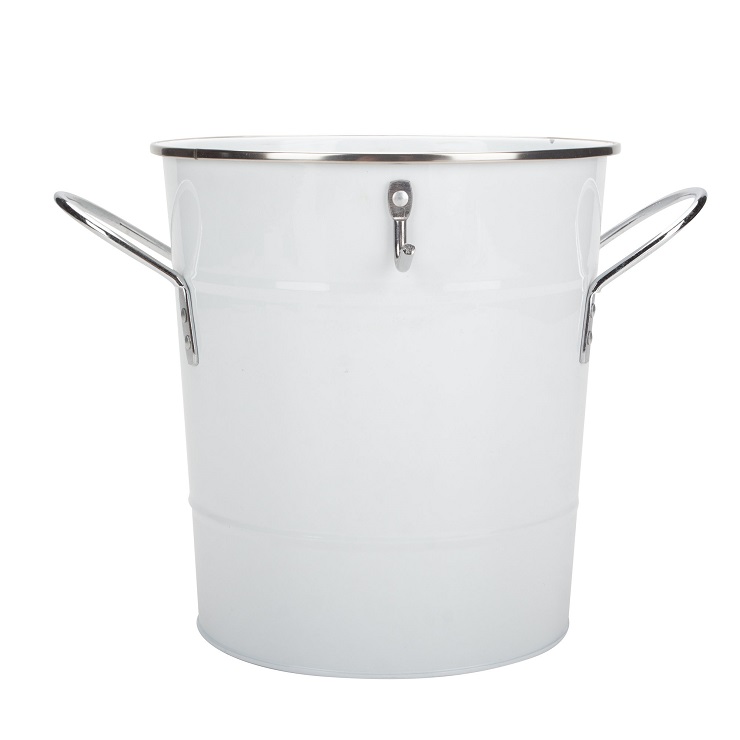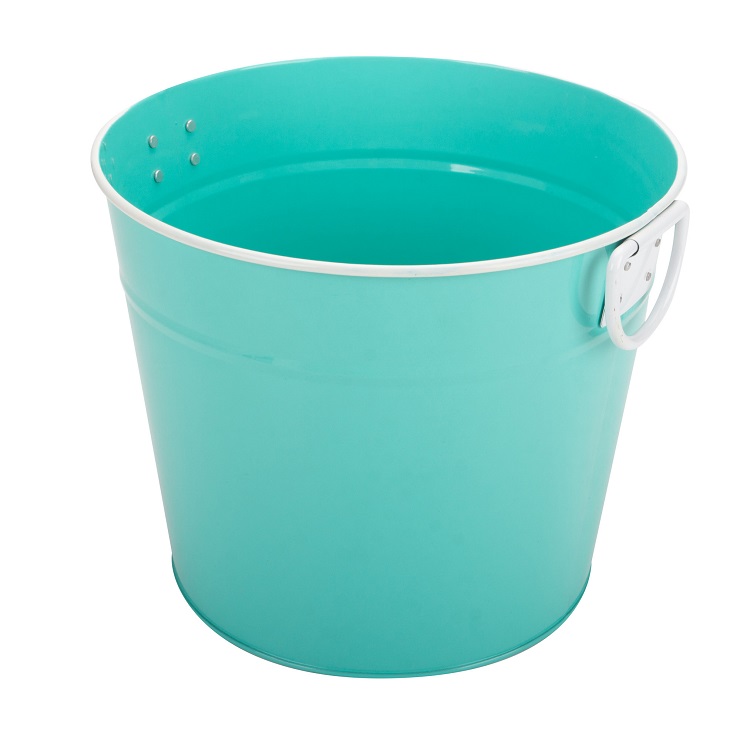The goal of hard turning is to carry at least 80% of the heat away from the chips to maintain the thermal stability of the part. A reasonable hard turning system can reduce or even eliminate the need for grinding and the associated high tool costs and long machining times. With a reasonable hard turning process, a surface finish of 0.0028 mm, a roundness of 0.0002 mm and a diameter tolerance of ±0.005 mm can be obtained. This accuracy can also be achieved on the same machine that performs "soft turning" on the workpiece before hardening. Maximize equipment utilization. However, some factories have mistakenly selected blades (or rather cheaper blades), or it is unclear whether the machine used is rigid enough to withstand twice the pressure of ordinary turning, so that the hard turning process is not fully utilized. High effect. According to Hardinge's application engineer Tom Sheehy, according to the specific application of hard turning in the company, it is considered that the following eight aspects must be paid attention to during hard turning.
1. Workpieces Although 45HRC hardness is the starting point for hard turning, hard turning is often performed on workpieces with hardness above 60HRC. Hard turning materials usually include special materials such as tool steel, bearing steel, carburized steel, and inconel, corrosion resistant nickel-base alloy, and stellite. According to metallurgy, materials with small hardness deviations (less than 2 HRC) in the depth of cut can show the best process predictability. The most suitable parts for hard turning have a small aspect ratio (L/D). Generally speaking, the ratio of L/D of unsupported workpiece is not more than 4:1, and the ratio of L/D of supported workpiece is not more than 8:1. Although the slender part has a tailstock support, the knife vibration may still be caused due to excessive cutting pressure.
In order to maximize the rigidity of the system for hard turning, the overhang should be minimized. The tool extension length must not exceed 1.5 times the height of the tool bar.
2. Machine tool The machine tool stiffness determines the machining accuracy of hard turning. Machine tools manufactured in the last 15 to 20 years are almost always rigid enough to withstand hard turning. In many cases, the overall condition of the machine is largely more important than the age of use, and a well-maintained conventional lathe can also be used for hard turning. ?
In order to add rigidity and damping to hard turning machines, Harding uses many of the features of advanced machine tools for turning centers, including polymer composite reinforcement stands, with spring collets (with spindle support close to the workpiece) Spindle and hydrostatic guide. ?
Maximizing system rigidity means minimizing dangling, tool extension and part extension, and eliminating shims and washers, with the goal of keeping all parts as close as possible to the turret. ?
3. Blades Although cubic boron nitride (CBN) inserts are expensive, CBN inserts are best suited for hard turning. The CBN insert maintains its position during interrupted cutting and provides a safe tool wear rate during continuous cutting. When using a reasonable hard turning process, CBN inserts are second to none except for controlling diameter tolerances.
Ceramics are not as wear-resistant as CBN, so they are generally not used for machining with tolerances less than ±0.025mm. Ceramics are not suitable for interrupted cutting, and coolant cannot be added because thermal shock can cause the blade to rupture. The blunt edge geometry of the insert is an inherent feature of ceramic materials, which increases the cutting force and reduces the surface finish of the workpiece. In addition, the breakage of the ceramic blade edge can be catastrophic, which can result in the inability of all cutting edges. ?
The cermet (cubic titanium carbide) is effective for continuously cutting a carburized hardened material, and although it does not have the wear resistance as CBN, the blade will wear proportionally in most cases without breaking. ?
Positive rake inserts are often used for hard turning on less rigid machines due to their lower cutting forces. Regarding the most reasonable application of the blade, it is recommended to work closely with the tool supplier, especially at the initial stage, to achieve the optimum cutting speed quickly. ?
4. Coolant The biggest problem with coolant is the use of coolant. For interrupted cutting parts such as gears, it is best to use "dry turning", otherwise the thermal shock during the infeed and retraction is likely to cause the blade to rupture. As for continuous cutting, the high temperature generated by the cutter during dry turning is sufficient to toughen (soften) the pre-cut area, thereby reducing the hardness of the material to make it easier to shear. This phenomenon indicates that it is beneficial to increase the speed during dry cutting. At the same time, the no-coolant cutting method has a significant cost advantage. ?
In continuous cutting, coolant may help to extend tool life and improve surface finish. The key to the problem is to allow the coolant to reach the tip. High pressure coolant is the best solution to this problem because it does not easily evaporate at high temperatures. In addition, high pressure reduces chip build-up, which reduces the effect of coolant blockage on the flow of the coolant. Another option is to simultaneously release the coolant to the top and bottom of the blade to ensure that the coolant continues to reach the tip. ?
If coolant is used, it must be water based. Chips formed during a perfectly matched hard turning process can carry 80% to 90% of the heat (up to a maximum temperature of 1700 °F in the cutting area). Once such hot chips are exposed to low-ignition cooling oil, the entire process may be completely destroyed. If hard turning is performed on an open machine, appropriate protection must be added to avoid operator burns from chips. ?
5. Process Because most of the heat generated by hard turning is carried away by the chips, inspection of the chips before and after machining can reveal whether the entire process is coordinated. For continuous cutting, the chips should be flaming orange and float like a ribbon. If the chips are cooled by hand after cooling, it indicates that the heat carried away by the chips is normal. ?
6. Whitening layer "Whitening layer (heat-affected zone)" can be annoying in hard turning and grinding operations, where a very thin (usually 1 μm) hard shell invisible to the naked eye is formed on the surface of the material. The formation of a whitening layer during hard turning is generally due to excessive heat transfer into the part due to blade passivation. The whitening layer is often formed on the bearing steel and is very detrimental to parts such as bearing rings that are subject to high contact pressures. Over time, the whitening layer may peel off and cause bearing failure.
For plants that are just beginning to do hard turning, it is recommended that random sampling be conducted during the first few weeks of production to determine how many parts each blade can be turned without forming a white layer. In addition, even if a blade can process 400 parts, it is possible to become dull after processing 300 pieces and start to make a whitening layer of the part. ?
7. Boring Boring of hardened materials requires a large cutting pressure, so it is often necessary to multiply the torsional and tangential forces of the mast. The cutting pressure can be reduced by using a positive rake angle (35° or 55°) with a small nose radius blade. Decreasing the depth of cut and the feed rate while increasing the cutting speed are also ways to reduce the cutting pressure. ?
When boring, the tool must be concentric with the part or slightly above the center of the part, as the deflection caused by the cutting reduces the position of the actual centerline. The best form of clamping is a full length split sleeve that provides the highest toolholder stiffness for boring hardened materials. Followed by a spring collet and a single point screw chuck. ?
8. Threading The proper blade geometry is the key to turning threads on hardened materials. The best threaded inserts are similar to the triangular inserts mounted on the mast. In order to control the cutting pressure and extend the life of the insert on the hardened material, it is necessary to increase the number of passes and reduce the depth of cut. Another option is to use an alternate side cut-in method that changes the cutting force bearing position and extends tool life.
We're professional factory producing garden tin products, such as Barbecue Grill, Portable Charcoal Grill and Small Metal Portable BBQ Grill with customized logos and customized colors.
Our BBQ Buckets are made from galvanized steel and tinplate materials, which are durable and environmental-friendly, withstanding the test of time, and they can all be applied with powder coated on the suface, making the cans more colorful and beautiful.
Comparing to other similar BBQ classic metal buckets manufacturers, our products are more competitive in prices, durable in quality.
We sell high quality watering cans to European, North America, enjoying a large market all over the world.



Bucket
Ice bucket, Party galvanized buckets, beverage buckets amazon, Outdoor metal drink bucket manufacturer metal bucket
Jiangmen Kimleyda Hardware Co., Ltd , https://www.kldmetalware.com